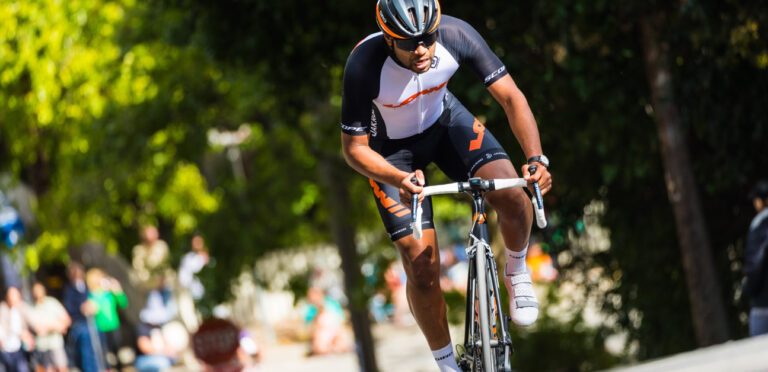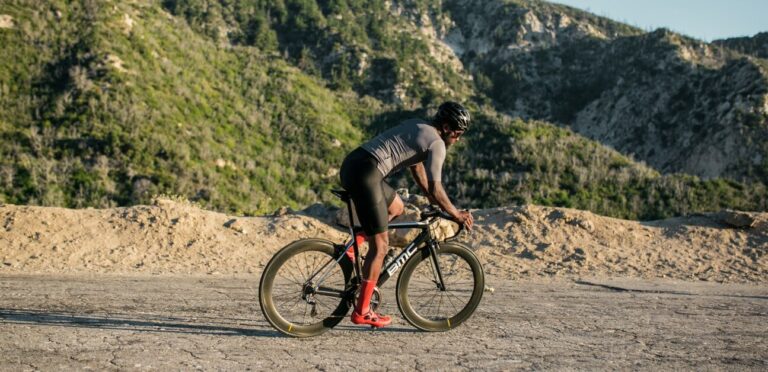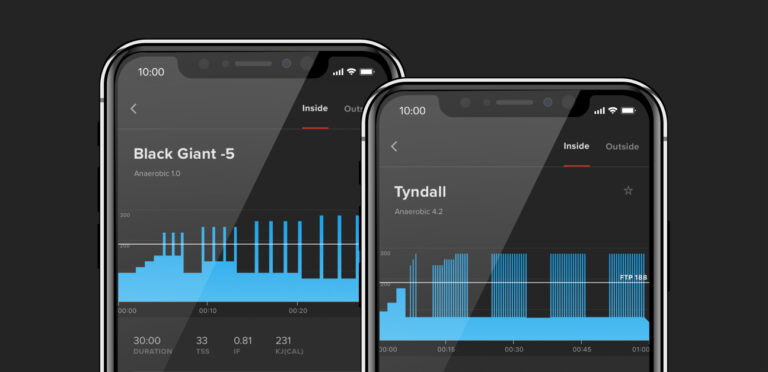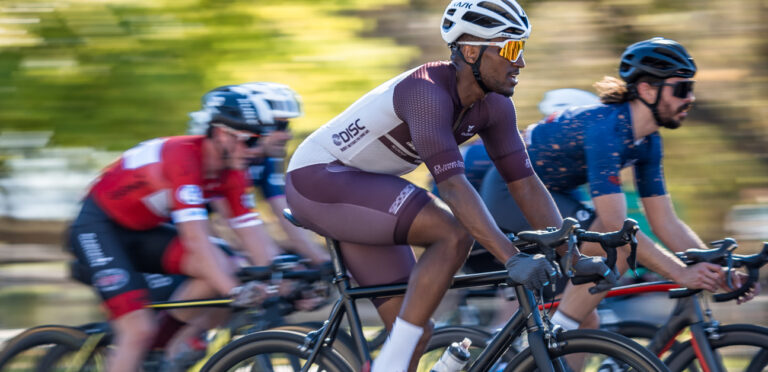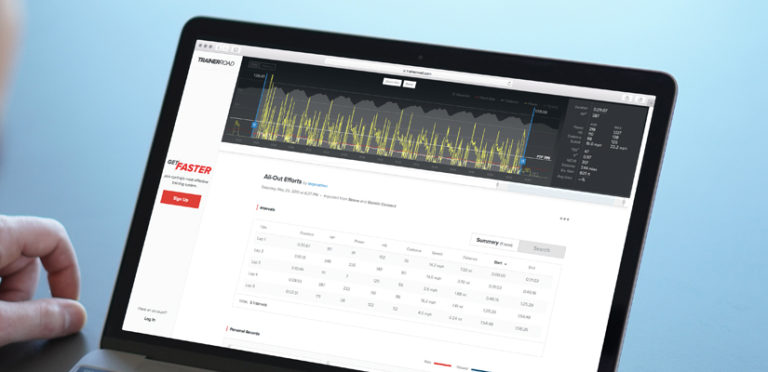The body has three energy systems. As an endurance sport, cycling focuses on the aerobic system. But for those quick moments when peak power output is needed, it’s all about neuromuscular power zone. This article will cover how it works, how you use it, and what you can do to train it.
